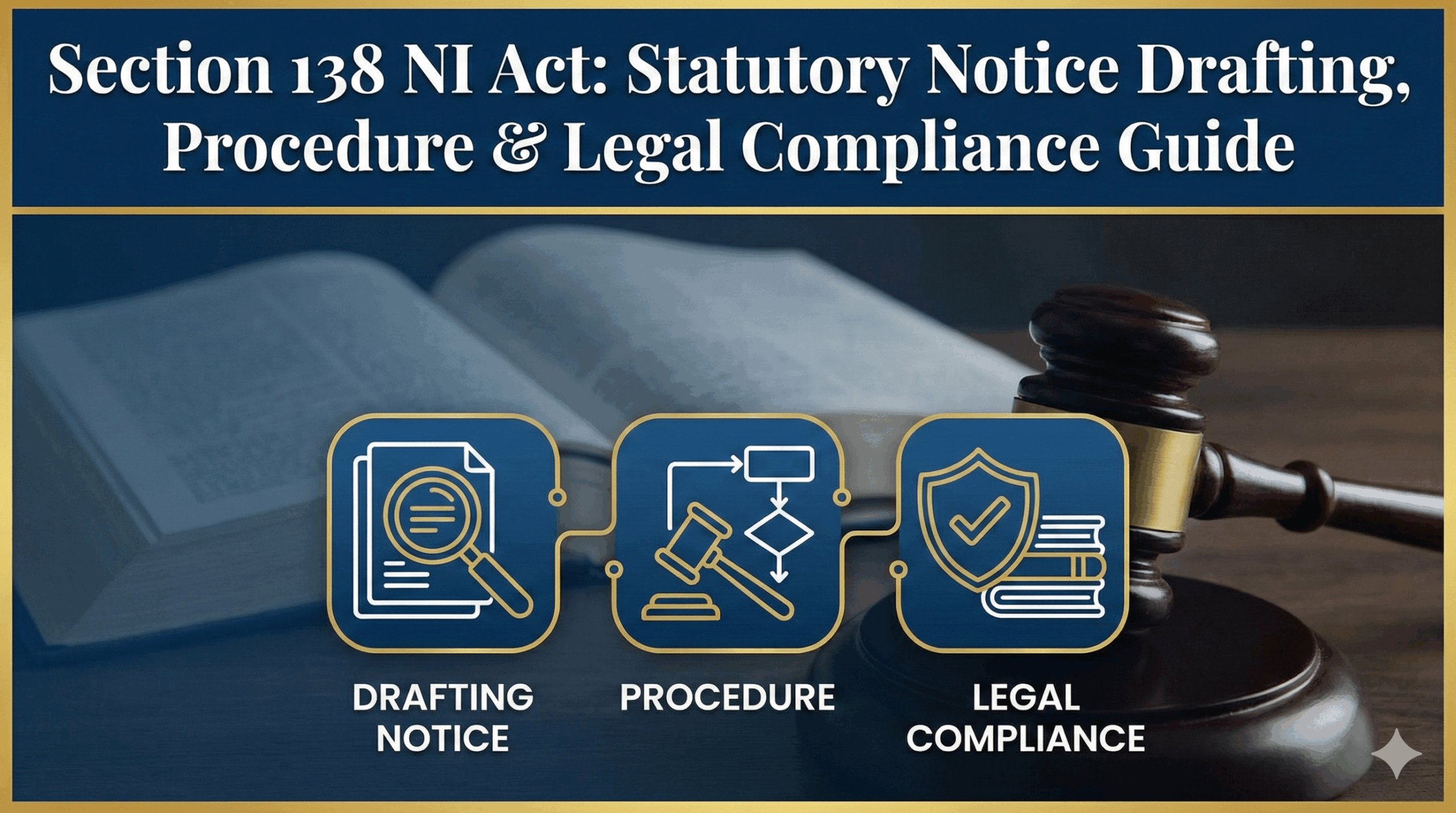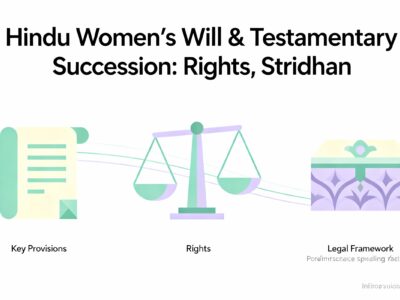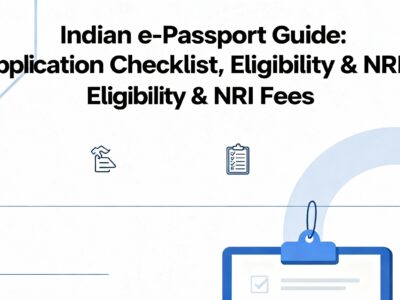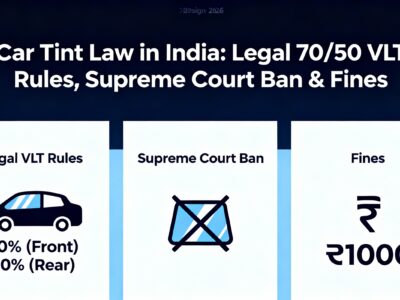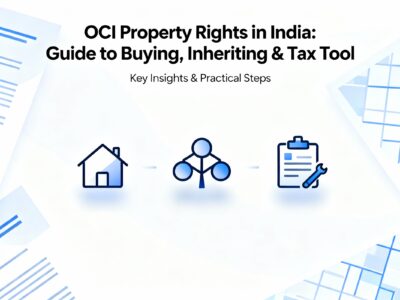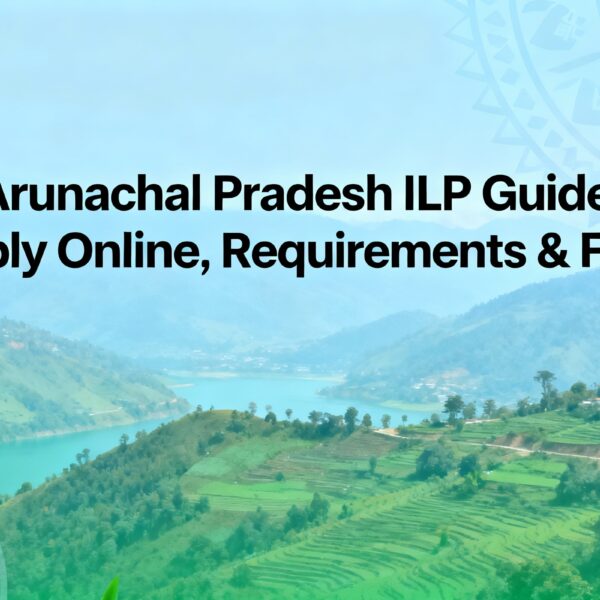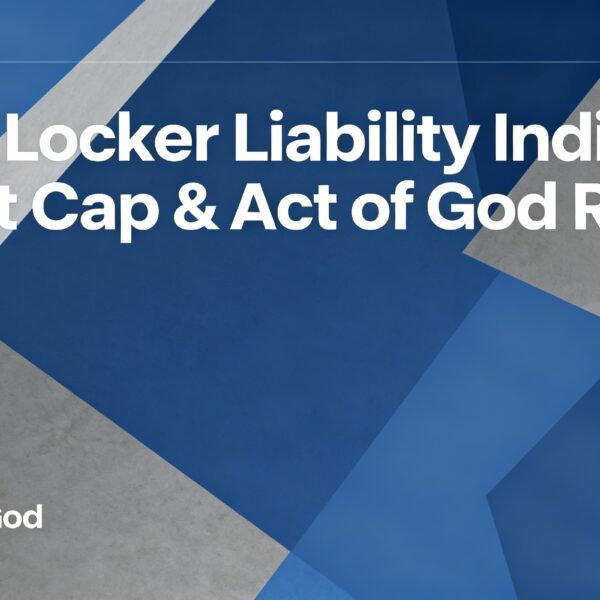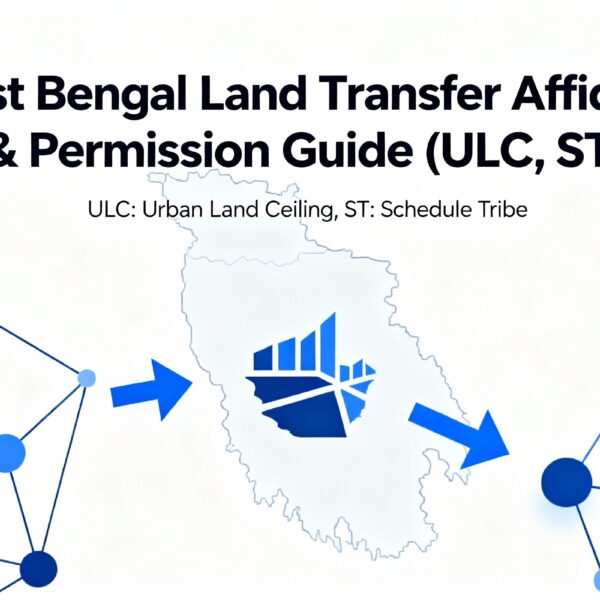The nationwide rollout of E20 fuel marks a significant shift in India’s energy policy. While beneficial for the environment and economy, it has created uncertainty for owners of vehicles manufactured before April 2023. Many motorists are asking critical questions: Is my car compatible? Will using E20 fuel void my manufacturer’s warranty? And most importantly, will my car insurance cover potential engine damage? This comprehensive guide provides clear, sourced information to help you understand the technical risks, navigate your insurance policy terms, and know your legal rights as a consumer in 2025.
Navigating the National E20 Fuel Transition
An informational guide on the adoption of ethanol-blended petrol in India, outlining national objectives, vehicle compatibility considerations, and guidance for vehicle owners.
Understanding the E20 Transition: A Multi-Stakeholder Perspective
India's transition to E20 fuel (a blend of 20% ethanol and 80% petrol) is a key component of the nation's energy strategy. The policy aims to enhance energy security, reduce the crude oil import bill, lower carbon emissions, and boost the agricultural sector. This transition involves coordination between government bodies, vehicle manufacturers, fuel retailers, and consumers.
Government Policy & Objectives
The Ministry of Petroleum and Natural Gas states the E20 rollout contributes to significant foreign exchange savings and has reduced CO2 emissions by 700 lakh tonnes. The government assures that the fuel is safe and its impact on vehicle performance is marginal. (Ministry of Petroleum & Natural Gas Statement, Aug 5, 2025)
Manufacturer Guidelines
Vehicle manufacturers, through bodies like SIAM, have confirmed that new vehicles produced since April 2023 are E20-compliant. For older models, manufacturers advise referring to the owner's manual and have issued specific advisories regarding compatibility. (SIAM, as cited by MoPNG, Aug 5, 2025)
Insurance Policy Terms
Insurance contracts are based on manufacturer specifications. Standard policies typically contain clauses excluding damage from non-specified fuels or gradual wear and tear. Owners should review their policy documents for specific terms. (Business Standard, Aug 11, 2025)
Fuel Efficiency Data: Official Estimates & Consumer Surveys
The Ministry of Petroleum and Natural Gas has stated that for vehicles designed for E10 and calibrated for E20, the mileage drop is 1-2%, and for other vehicles, it is around 3-6%. Some consumer surveys have indicated that motorists perceive a more significant drop in real-world driving conditions. (MoPNG, Aug 5, 2025; LocalCircles Survey via The New Indian Express, Aug 8, 2025)
Technical Considerations for Vehicle Compatibility
Understanding the technical interaction between E20 fuel and engine components is important for vehicle maintenance during this transition. E20-compliant vehicles are manufactured with materials and engine calibrations designed to handle higher ethanol blends.
1. Material Compatibility
Ethanol interacts differently with metals and polymers than petrol. E20-compliant vehicles use ethanol-resistant materials for components like fuel hoses, seals, and gaskets to prevent degradation.
For certain older vehicles, the Ministry has noted that minor, inexpensive replacements of some rubber parts may be advisable after prolonged use (20,000-30,000 km) as part of routine servicing. (MoPNG, Aug 5, 2025)
2. Engine Calibration and Performance
Ethanol has a different energy density and a higher octane rating (~108.5) than petrol. E20-compliant vehicles have their Engine Control Unit (ECU) calibrated to optimize the air-fuel ratio for this blend, ensuring efficient combustion.
The higher octane in E20 can improve performance and engine smoothness in modern, high-compression engines designed for it. (MoPNG, Aug 5, 2025)
Detailed Manufacturer Guidance & Vehicle Status
Vehicle manufacturers provide the most specific guidance regarding fuel compatibility. The information below is a summary of publicly available statements and advisories. Owners should always treat their vehicle's owner's manual as the primary source of truth.
| Manufacturer | Stated E20 Compatibility (Pre-2023 Models) | Official Guidance / Source |
|---|---|---|
| Toyota | Not compatible. Advises against using E20 in E10-specified models. | Explicitly states using fuel other than recommended in the manual will void warranty for impacted parts. (Cartoq, Aug 7, 2025) |
| Maruti Suzuki, Hyundai, Tata, Mahindra | Generally not compatible. Most models became compliant from early 2023. | Owners advised to adhere to the owner's manual. Warranty does not cover damage from non-specified fuel. |
| Hero MotoCorp / TVS Motor | Not compatible without modification. | Issued advisories stating pre-2023 vehicles require modifications to the fuel system to run efficiently on E20. (The Hindu, Aug 7, 2025) |
| Honda | Claims "material compatibility" for models since 2009. | This suggests resistance to material degradation, but does not guarantee optimal performance. Ambiguity remains regarding performance-related issues. |
Insurance Terms of Service: A Deeper Dive
A motor insurance policy is a legal contract. The insurer's liability is strictly defined by its Terms of Service (ToS). In the context of E20 fuel, several standard exclusion clauses become highly relevant.
1. Use Not in Accordance with Manufacturer Specifications
This is a cornerstone of any motor policy. The insurance covers the vehicle as it was designed and specified by the manufacturer. The owner's manual is the reference document. If the manual specifies E10 fuel, using E20 is a deviation from these specifications. An insurer can argue that this deviation alters the risk profile they agreed to cover, justifying a claim denial for related damages.
2. Exclusion of Wear and Tear
Insurance is designed to cover fortuitous, sudden, and accidental events. It is not a maintenance plan. Damage that occurs over time due to the chemical properties of a substance (like ethanol's corrosive or solvent effects on non-resistant parts) is the definition of gradual wear and tear. This is a standard exclusion in all motor policies.
3. Exclusion of Mechanical and Electrical Breakdown
Comprehensive policies explicitly exclude coverage for internal failures of the engine or electronics, unless that failure is a direct consequence of a covered peril (e.g., engine damage from water ingress during a flood, or from an external accident). An engine seizing due to improper fuel combustion is a classic example of a mechanical breakdown that is not covered by a standard policy.
4. Exclusion of Consequential Loss
This clause is critical. It creates a chain reaction for claim denials. For instance: (1) An old rubber fuel hose (uncovered part) degrades due to E20 (uncovered wear and tear). (2) This causes a fuel leak, starving the fuel pump (uncovered mechanical breakdown). (3) The damaged fuel pump causes the engine to fail. The entire chain of events originated from an uncovered peril, so the final, most expensive damage (the engine) is deemed a "consequence" and is also not covered.
Note on "Engine Protection" Add-ons
While these add-ons enhance coverage, they are also for specific perils. They typically cover damage from water ingression (hydrostatic lock) or leakage of lubricating oil. They are generally not designed to cover damage from the use of non-specified fuel types.
Insurer Policy Stances: A General Guide
While specific internal policies vary, the general stance of most insurance companies is guided by the standard exclusion clauses in motor policies. The table below provides a general guide based on industry practice. This is not a substitute for reviewing your own policy document.
| Insurer | Likely Stance on E20 Claims (Non-Compliant Vehicles) | Actionable Guidance for Policyholders |
|---|---|---|
| HDFC ERGO | Likely to deny based on standard exclusions (wear & tear, mechanical breakdown). | Review your policy's "Exclusions" section. Contact them in writing for clarification on E20 coverage. |
| ICICI Lombard | Expected to follow manufacturer guidelines and deny claims for non-compliant use. | Check your policy for clauses on "Use of Unspecified Fuel." Document any communication with the insurer. |
| Bajaj Allianz | Standard practice would be to reject claims based on policy exclusions for gradual damage. | Proactively email their customer service with your policy and vehicle details to request their official stance on E20. |
| New India Assurance | As a PSU, may await specific IRDAI circulars, but current policies would likely exclude such claims. | Keep your owner's manual and all service records safe. Your primary reference is the signed policy document. |
| Go Digit / Acko | Digital-first insurers strictly adhere to policy wording. Claims will likely be denied based on standard exclusions. | Use their app or portal to raise a query regarding E20 fuel and save a screenshot of the official response. |
Interactive Decision Tree for Vehicle Owners
Answer the following questions to receive a tailored recommendation for your situation.
Let's determine your next steps.
When was your vehicle manufactured?
Have you experienced any engine trouble or a significant drop in performance?
What is your current situation regarding the issue?
Recommendation: Low Risk
Your vehicle is E20-compliant. Continue with regular maintenance as per the owner's manual. Your warranty and insurance should cover issues not related to normal wear and tear.
Recommendation: Preventive Action
Your vehicle is not E20-compliant. Although there are no current issues, it is crucial to take proactive steps. Follow the "Recommended Best Practices" outlined in our Guidance for Vehicle Owners section to document your situation and protect your rights for the future.
Recommendation: Immediate Action Required
Visit an AUTHORIZED service center immediately. Do not use a local mechanic. Insist on a detailed, written technical report specifying the damage and the probable cause before proceeding with any repairs. This document is critical for any future warranty or insurance claim.
Recommendation: Consider Legal Recourse
You have a formal repudiation letter, which is the necessary first step for legal action. Your next step is to consider filing a complaint for "deficiency in service" at the appropriate Consumer Disputes Redressal Commission. Gather all your documents (service records, communication, denial letter) and consult with a legal professional.
Interactive Decision Tree for Insurance Claim Assessment
This simplified model illustrates the potential assessment process an insurer might follow when evaluating an engine damage claim in the E20 era. This is for informational purposes only.
Claim Received: Engine Damage Reported
Is the vehicle E20-compliant (mfg. after March 2023)?
Is the damage from a sudden, accidental event (e.g., external impact, water ingress)?
Does the owner's manual explicitly specify E10 fuel ONLY?
Does the technical report indicate damage from gradual wear & tear (corrosion, seal degradation) or mechanical breakdown?
Is there clear evidence of a sudden, accidental, and covered peril causing the damage?
Assessment: Likely Covered
The damage appears to be from a covered peril under the policy terms (e.g., accident, flood). The E20 status is not the primary cause. Proceed with standard claim processing.
Assessment: Likely Not Covered
The damage appears to be an internal mechanical failure or manufacturing defect, which is excluded from standard policies. Repudiate claim based on the "Mechanical Breakdown" exclusion. The issue lies with the manufacturer's warranty.
Assessment: High Probability of Denial
The vehicle was operated outside manufacturer specifications (using E20 instead of E10), and the damage type (wear & tear/breakdown) is explicitly excluded. Repudiate the claim citing "Use Not in Accordance with Manufacturer Specifications" and "Wear and Tear / Mechanical Breakdown" clauses.
Assessment: Complex Case for Legal Review
The manufacturer's guidance is ambiguous, and the direct cause is not a clear, covered peril. This case carries a higher risk of dispute. Escalate to the legal and technical teams for a detailed review before making a final decision. The onus of proof for a covered peril lies with the policyholder.
Guidance for Vehicle Owners
Proactive measures and proper documentation are advisable for all vehicle owners during this transition period. Adhering to manufacturer-recommended service schedules is crucial for long-term vehicle health.
Recommended Best Practices
-
Consult the Owner's Manual: This is the primary source of information regarding your vehicle's fuel compatibility.
-
Maintain Service Records: Keep a detailed log of all maintenance, especially for fuel system components, performed at authorized service centers.
-
Document Communications: For specific queries, it is advisable to communicate with your vehicle manufacturer or insurer in writing (e.g., email) and retain copies of the correspondence.
Navigating Consumer Redressal Mechanisms
In the event of a dispute with a service provider or insurer, the Consumer Protection Act, 2019, provides a mechanism for redressal.
Past cases in consumer commissions, such as those related to adulterated fuel, have often hinged on the consumer's ability to provide clear evidence, including technical reports from authorized centers and proof of "deficiency in service." (Ref: Matta Automobiles vs. Brij Mohan, 2014)
Sources
This informational guide was compiled using publicly available information from government statements, media reports, and industry analysis. Key sources include:
- Ministry of Petroleum and Natural Gas, Government of India. "Clarification on E20 Fuel." Press Information Bureau & Social Media Statements, approx. August 5, 2025.
- "E20 Petrol does not cause drastic drop in fuel efficiency, even improves engine performance: Petroleum Ministry." The Economic Times, August 5, 2025.
- "Govt reacts to online buzz on ethanol-blended E20 petrol effect on vehicles: 'No drastic mileage cut'." Hindustan Times, August 5, 2025.
- "'No car has faced issues': Gadkari dismisses ethanol-blended fuel fears as users report rising mileage drop." The New Indian Express, August 8, 2025.
- "E-20 compliance and insurance claim: Here's what you need to know." Business Standard, August 11, 2025.
- "Toyota: No Warranty If You Use E20 Petrol On E10 Hyryder, Innova Hycross Hybrids." Cartoq, August 7, 2025.
- "India's E20 petrol rollout sparks driver revolt." The Hindu, August 7, 2025.
- "The harmful effects of ethanol-blended fuel on older vehicles, with real life cases." Team-BHP Forum, June 8, 2025.
- Consumer Dispute Redressal Commission case law regarding fuel adulteration, such as Matta Automobiles Bharat Petroleum Corp. Ltd. vs Brij Mohan (2014).


